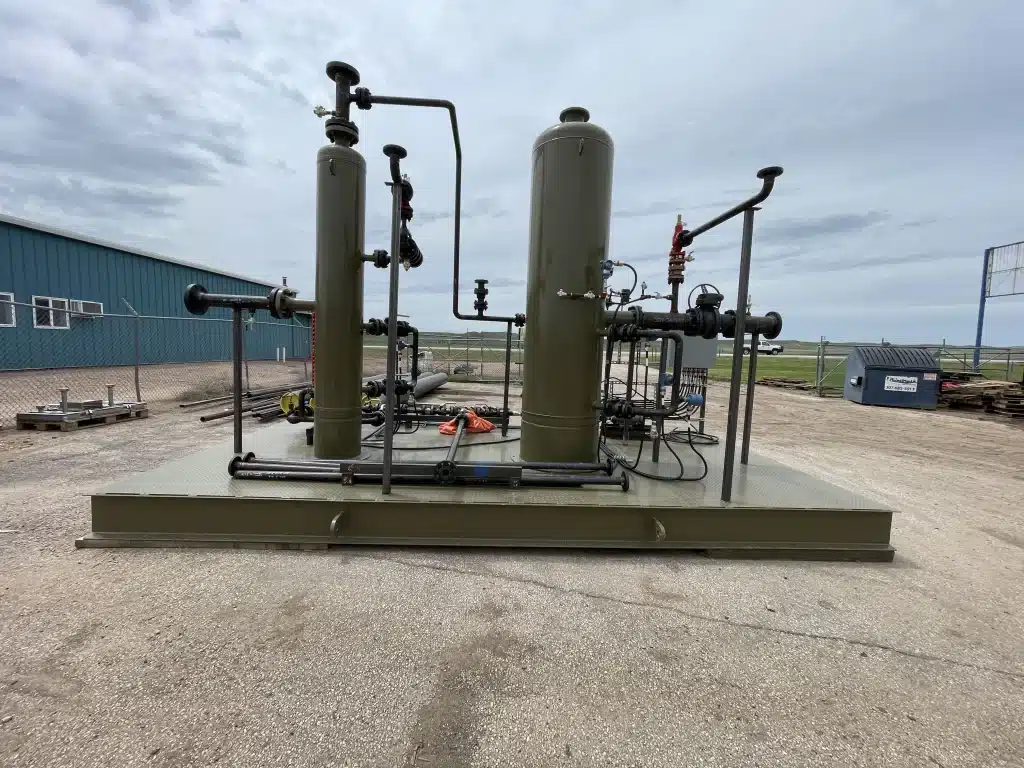
What is the Pressure in the Oil and Gas Separator?
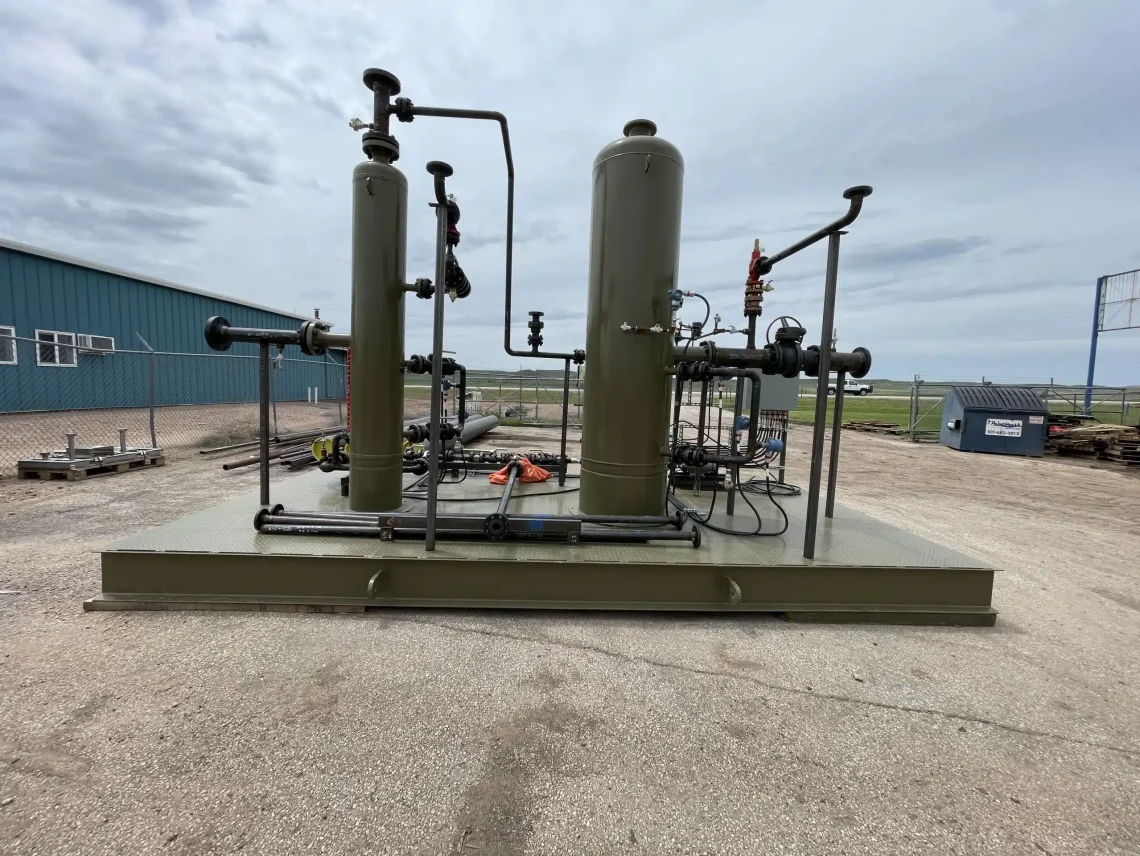
Introduction to the Pressure in the Oil and Gas Separator
The oil and gas industry is a cornerstone of the global economy, powering our homes, fueling our vehicles, and providing raw materials for countless products. Therefore, at the heart of this industry lies the intricate process of extraction, where separators play a pivotal role.
Basics of Oil and Gas Separators
Oil and gas separators are fundamental components in the petroleum industry. Notably, they play a crucial role in the initial processing of the extracted well stream. To understand their importance, let’s delve deeper into their function and the different types available:
What is an Oil and Gas Separator?
An oil and gas separator is essentially a pressure vessel designed to segregate a well stream into its primary constituents: gas, oil, and sometimes water. This process is critical for the subsequent processing, transportation, and refining of these components. In addition, the efficiency of a separator is determined by its design, operating conditions, and the characteristics of the incoming well stream.
Types of Separators:
Horizontal Separators:
Horizontal Separators:
- Design: As the name suggests, these separators are horizontally oriented. They are typically longer than they are tall. This layout allows for efficient liquid and gas separation in certain conditions.
- Advantages: They are particularly effective when there’s a significant amount of liquid to be separated from the gas. Their design therefore allows for a larger liquid holding capacity.
- Applications: For example, they are commonly used in scenarios where high liquid loading is expected, such as in wet gas reservoirs.
Vertical Separators:
- Design: These separators stand vertically, making them taller than they are wide. This configuration facilitates gas separation in higher gas-to-liquid ratios.
- Advantages: Vertical separators are effective in handling a well stream with a higher gas-to-liquid ratio. Their design promotes the swift rising of gas and the settling of liquids.
- Applications: Often chosen for gas wells or wells with low liquid content.
Spherical Separators:
- Design: These separators have a spherical shape, which offers a unique set of advantages. Thus, their compact form is highly efficient.
- Advantages: The spherical design ensures uniform pressure distribution, making them suitable for high-pressure conditions. Furthermore, they occupy less space compared to horizontal or vertical separators.
- Applications: Ideal for offshore platforms or areas with space constraints and high-pressure wells.
Factors Influencing Separator Design:
The design of an oil and gas separator is influenced by several factors. To elaborate, the following elements are critical:
- Flow Rate: The volume of the well stream that the separator needs to process per unit of time. Therefore, accurate flow measurement is essential for efficiency.
- Operating Pressure: The internal pressure at which the separator operates. This factor directly impacts the separator’s performance and safety.
- Temperature: The operating temperature, which can affect the efficiency of separation. For instance, higher temperatures may enhance or reduce efficiency depending on the conditions.
- Fluid Characteristics: The specific gravity, viscosity, and other properties of the incoming well stream. Thus, understanding these properties ensures proper design.
Understanding Pressure in Separators
Pressure is a crucial factor in the operation of separators. In fact, it ensures the efficient separation of oil, gas, and water. Moreover, several variables can influence the pressure inside a separator, making its management vital.
How Separators Work
Separators use gravity to separate the well stream into gas and two types of liquids: oil and water. The key role of pressure here is to maintain the right conditions for this separation to occur efficiently.
Optimal Pressure Ranges
For most separators, the optimal pressure range lies between 50 to 70 psi. However, this can vary based on the specific design and operational conditions. As a result, too high or too low pressure can lead to inefficiencies and potential hazards.
Factors Influencing Separator Pressure
Several factors can influence the pressure inside a separator:
- Inflow and outflow rates: The rate at which the well stream enters and exits the separator.
- Temperature: Higher temperatures can lead to increased pressure.
- Composition: The specific makeup of the oil, gas, and water mixture being processed.
Safety Measures and Pressure Control
Managing pressure is not just about efficiency; it’s also about safety. Overpressure can lead to catastrophic failures. Hence, separators are equipped with pressure relief valves and control systems to prevent such incidents.
Modern Innovations in Pressure Management
With advancements in technology, there are now automated systems that can monitor and adjust the pressure in real-time, ensuring optimal operation and safety. These systems use sensors and advanced algorithms to make real-time adjustments.
Case Study: Successful Pressure Management in a Major Oil Plant
In 2019, a major oil plant in Texas reported a 20% increase in efficiency after upgrading to an automated pressure control system. This not only led to increased production but also reduced the number of safety incidents related to pressure mishandling.
Pressure in oil and gas separators is a topic of paramount importance. Proper pressure management ensures the efficiency, safety, and longevity of the equipment. Regular maintenance and monitoring, combined with the use of modern technology, can help in achieving these goals.
Need a reliable partner?
FAQs About Pressure in Oil and Gas Separators
What is the typical operating pressure in an oil and gas separator?
The operating pressure in an oil and gas separator varies depending on the specific application and the characteristics of the reservoir. However, it typically ranges from 100 to 1,000 pounds per square inch (psi). The pressure is carefully controlled to ensure efficient separation of oil, gas, and water in the separator.
How does the pressure affect the separation efficiency in a separator?
The pressure plays a crucial role in the separation efficiency of an oil and gas separator. Higher pressures generally result in better separation of oil and gas from the produced water. This is because higher pressures enhance the gravitational forces and help to overcome the buoyancy of gas, promoting a more effective separation process.
What safety measures are in place to handle high pressures in oil and gas separators?
Oil and gas separators are equipped with safety features such as pressure relief valves to prevent over-pressurization. Additionally, regular inspections and maintenance routines are implemented to ensure the integrity of the vessel and its components, minimizing the risk of pressure-related incidents.
Can the pressure in a separator be adjusted to accommodate different well conditions?
Yes, the pressure in an oil and gas separator can be adjusted to optimize its performance under varying well conditions. Operators can manipulate the pressure settings based on factors like fluid composition, flow rates, and the characteristics of the reservoir to maximize the separation efficiency.
How does the pressure in the separator impact the overall production process in the oil and gas industry?
The pressure in the separator is a critical factor that influences the overall production process. It affects the flow rates, the composition of the separated products, and the overall efficiency of the oil and gas recovery. Operators carefully manage and control the pressure to optimize production and ensure the economic viability of the operation.
Related Blog Post
- What is the difference between a boiler and a pressure vessel?
- Is heat exchanger a pressure vessel?
- What is the vessel for transporting oil?
- What is the process of pressure vessel
- What is the pressure in the oil and gas separator?
- What material is used for pressure vessels?
- Are oil tankers pressurized?
- What are the parts of pressure vessel?
- How many barrels of crude oil can a vessel carry?
Solutions
In the realm of industrial solutions, Red River emerges as a pioneer, offering a diverse range of custom-engineered products and facilities. Among our specialties is the design and production of Custom/OEM Pressure Vessels, meticulously crafted to meet individual client requirements, ensuring performance under various pressure conditions. Our expertise extends to the domain of prefabrication, where Red River leads with distinction.
The company excels in creating prefabricated facilities, modules, and packages, reinforcing its stance as a forerunner in innovation and quality. This proficiency is further mirrored in their Modular Skids offering, where they provide an array of Modular Fabricated Skid Packages and Packaged equipment. Each piece is tailored to client specifications, underlining their commitment to delivering precision and excellence in every project they undertake.
Related Blog Post
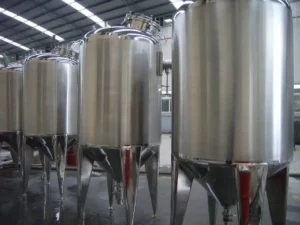
How a Glycol System Works
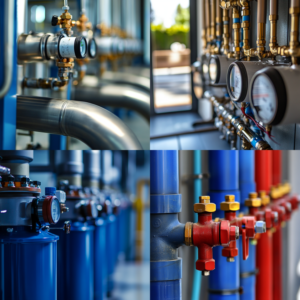
Ethylene Glycol Water: A Complete Heat Transfer Guide
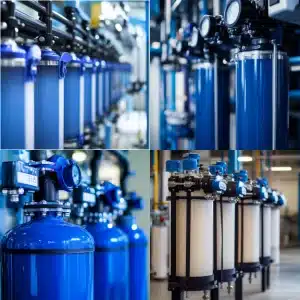
Water Filter Replacement
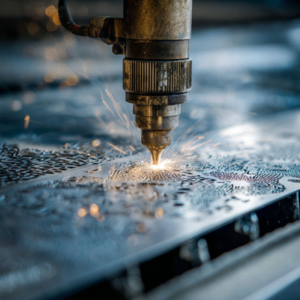
Why Use Stainless Steel Sheet Metal Fabrication?
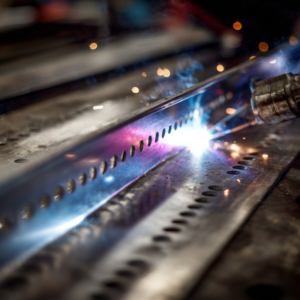
How Does Stainless Steel Sheet Metal Fabrication Work
No pillar keyword set for this post.
About Author

